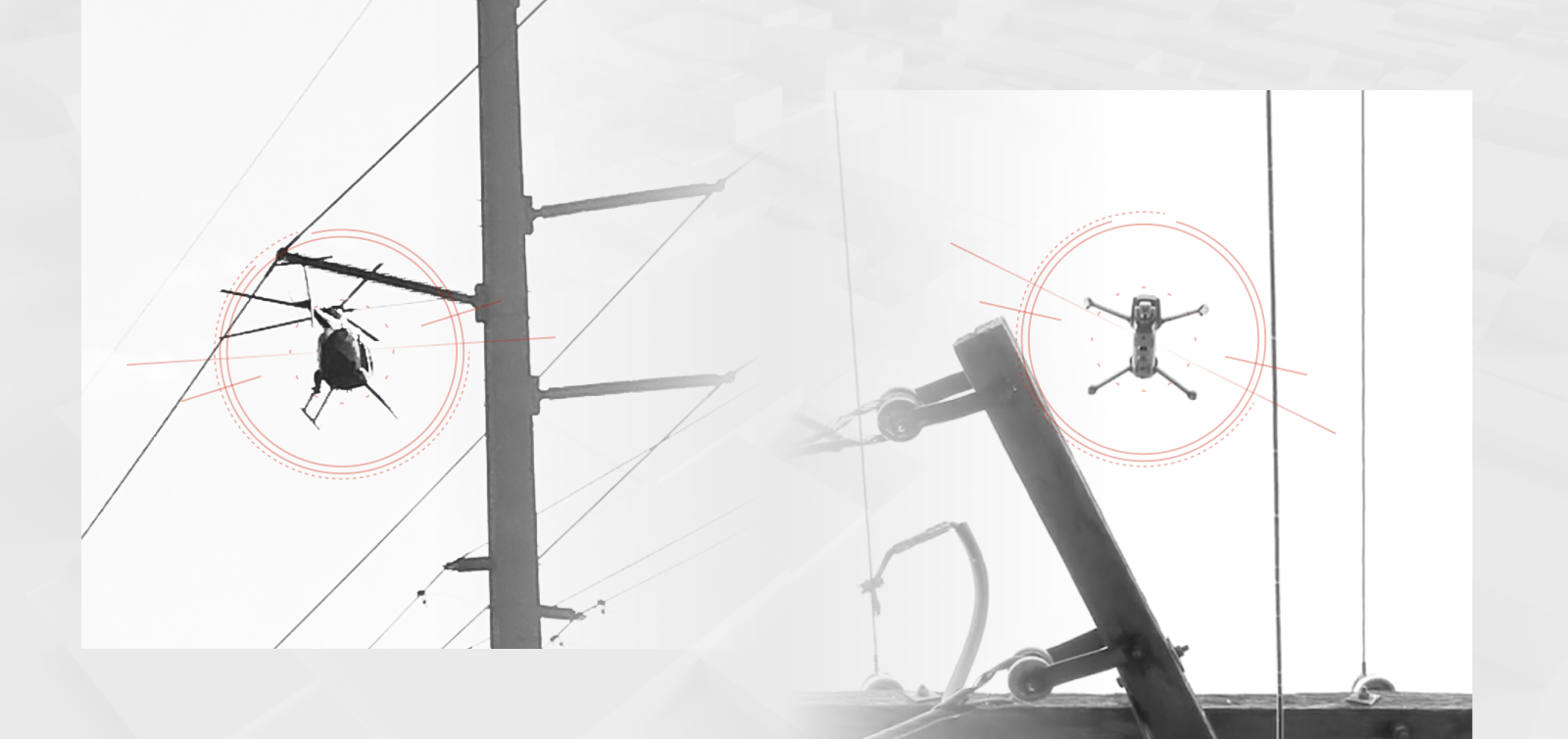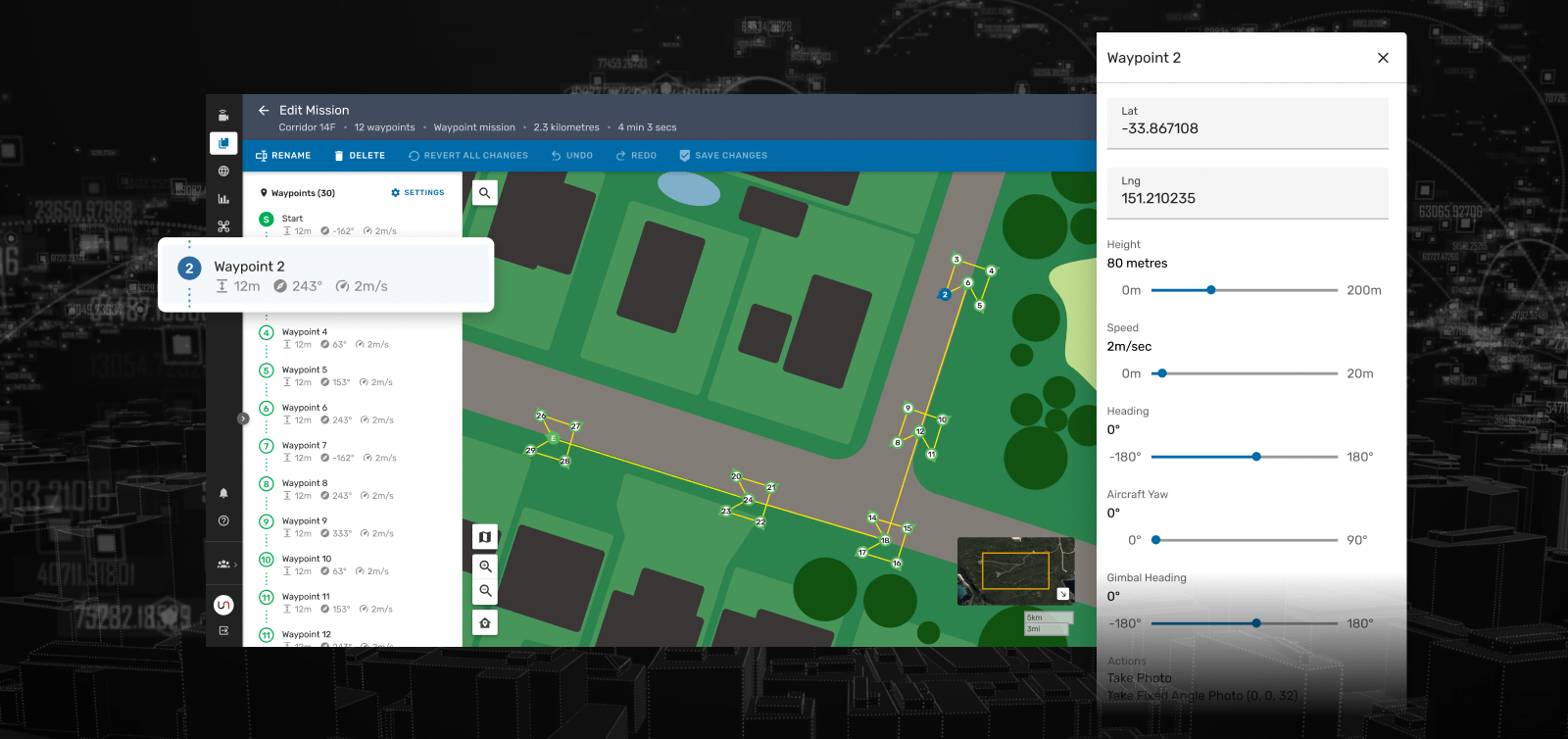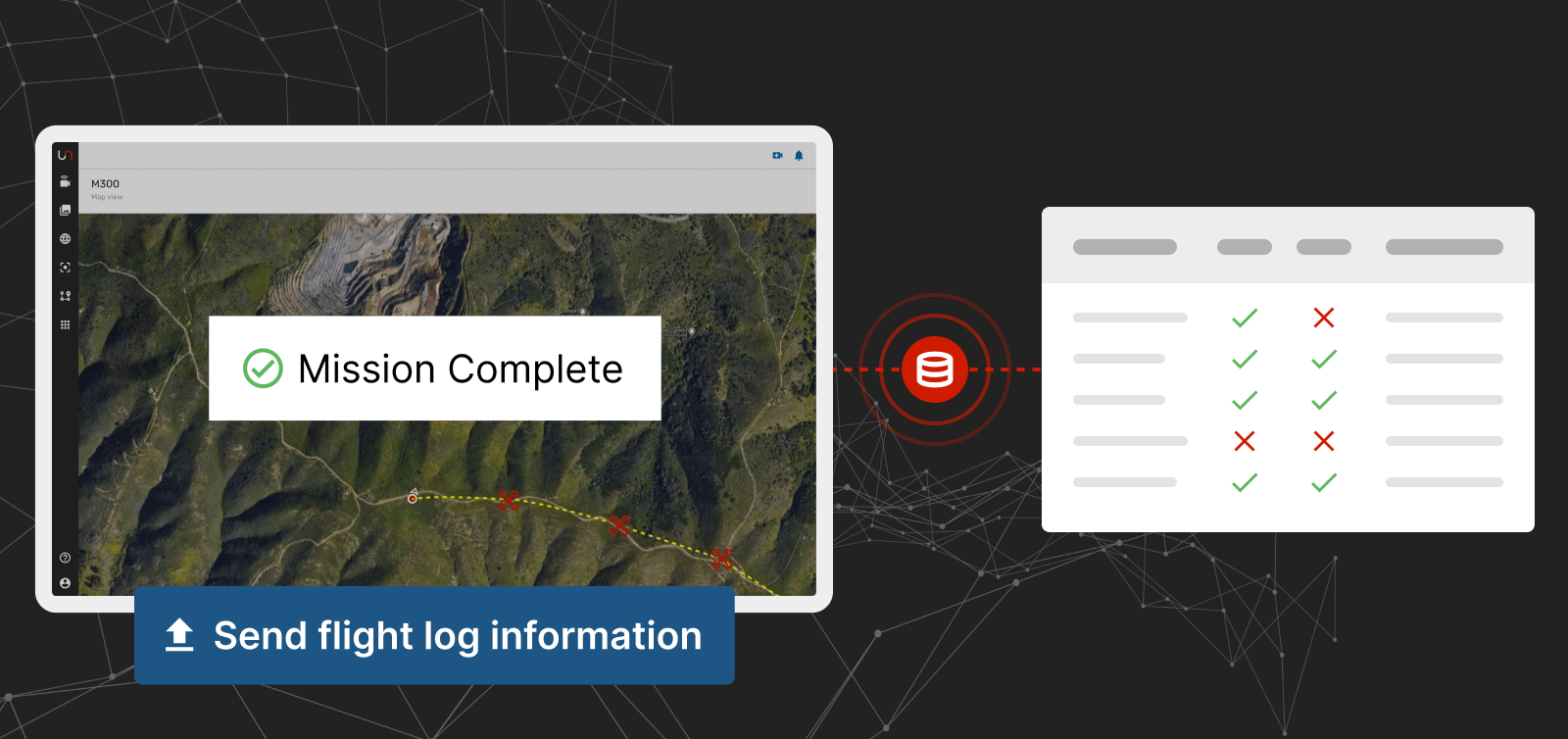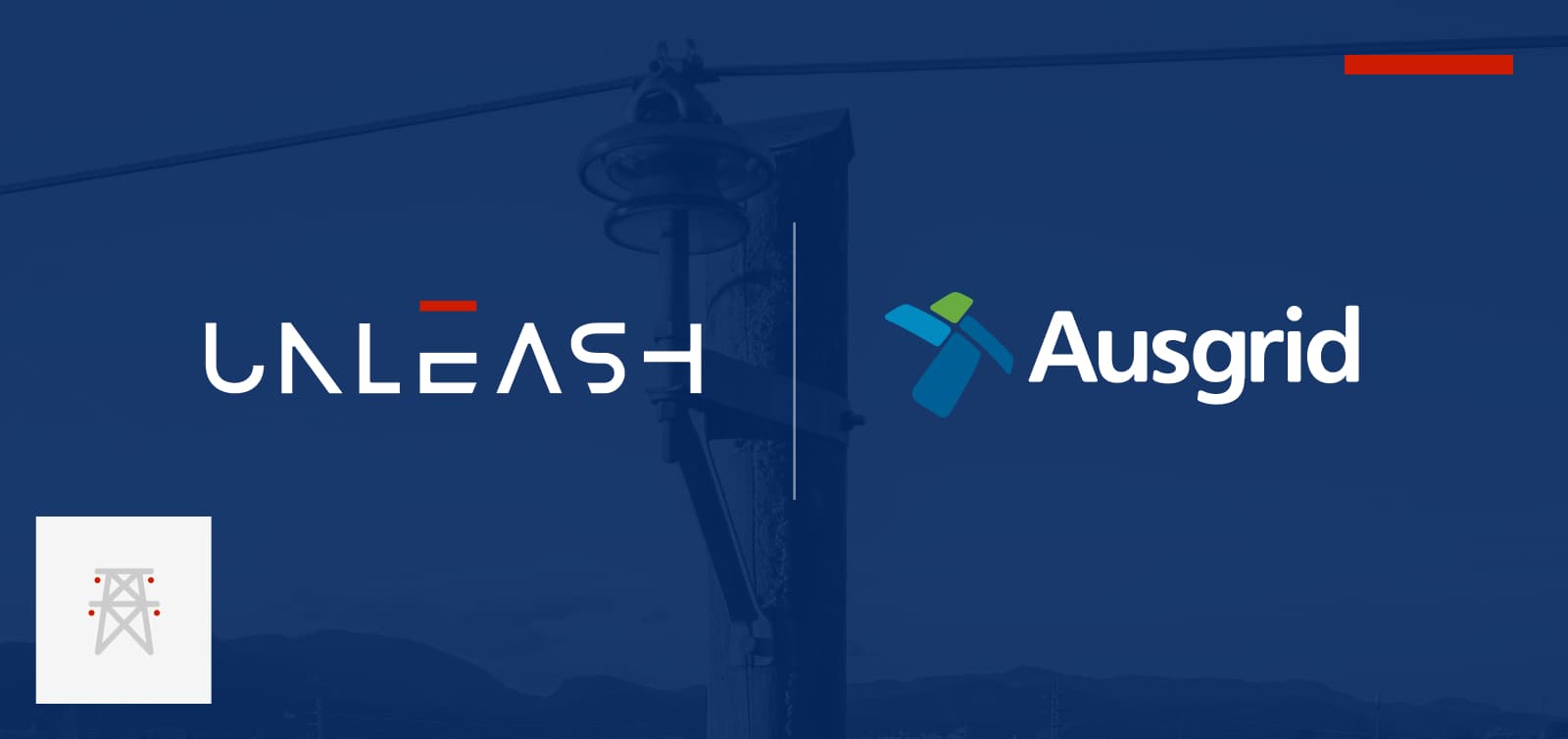In the realm of utility inspections, the choice between helicopters and drones has become a pivotal decision that can significantly impact efficiency, cost-effectiveness, and overall project success.
Both these aerial technologies have their unique advantages and drawbacks, making it essential for utility companies to make informed choices based on specific project needs and objectives.
In this comprehensive guide, we'll explore the world of utility inspections, comparing helicopters and drones across various critical factors to help you make the best decision for your utility inspection needs.
Advantages of Using Drones for Utility Inspection
Cost-effectiveness and Flexibility
Drones, also known as Unmanned Aerial Vehicles (UAVs) or Remotely Piloted Aircraft (RPA), have transformed utility inspections with their remarkable cost-effectiveness and flexibility. They require a lower upfront investment, reduced maintenance costs, and minimal operational expenses compared to traditional helicopter inspections. Moreover, their flexibility shines through advancements in remote sensing technology and automated systems, allowing them to adapt to various environmental conditions and execute complex tasks faster than helicopters. This flexibility provides utility companies with greater operational flexibility without compromising safety or data quality.
Efficiency and Speed
When it comes to efficiency and speed, drones soar to new heights. Their agility enables them to quickly navigate tight spaces and obstacles that might hinder a larger helicopter. While helicopters excel in covering longer distances and carrying heavier payloads, drones often outshine them in most utility inspection scenarios due to their rapid deployment capabilities and maneuverability.
Safety and Accessibility
Safety and accessibility are paramount in utility inspections, and drones excel in both aspects. They provide a safer option for operators and offer greater accessibility when inspecting high-voltage power lines or remote and hazardous locations. Their compact size allows them to maneuver seamlessly with minimal disruption to the environment. In contrast, helicopters require skilled pilots to navigate challenging terrains and maintain safe distances from obstacles.
Drones usually have a significantly lower weight than traditional aircraft and will not carry passengers; this means that the total ground and operational risk for the operation is significantly reduced.
Eco-friendly Alternative
In today's environmentally conscious world, drones take another victory lap for their eco-friendliness. They consume less energy and produce fewer emissions compared to helicopters, making them the ideal choice for companies aiming to reduce their carbon footprint.
Additionally, the lower footprint and sound generated from a drone, as opposed to a helicopter, reduces the impact on native wildlife in the area.
Easier Operation
Drones make utility inspections a breeze with their ease of operation. Advanced autonomous systems and remote sensing technology allow skilled pilots to operate them remotely from the ground. This flexibility expands inspection possibilities and reduces operational expenses. In contrast, traditional helicopter inspections often demand extensive training for operators.
Sound and Social Impact
Drones produce a significantly lower sound profile than traditional helicopters; this is important when we need to consider and work with the communities that live and work in areas that surround our client's assets.
Using drones for utility inspections
Advantages of Using Helicopters for Utility Inspections
While drones excel in many aspects of utility inspections, helicopters aren't entirely out of the game. They do have some unique advantages worth considering.
Ability to Cover Larger Geographic Areas
Helicopters shine when it comes to covering vast geographic areas. They can fly at higher altitudes and travel faster than drones, making them the preferred option for long-distance inspections or surveys across large expanses of land. For powerline inspections in mountainous terrains, where ground inspection is impossible, helicopters are the heroes of the day.
Carrying Larger Payloads
Helicopters flex their muscles in the payload department. They can transport heavier equipment and personnel, making them ideal for complex inspections in challenging locations. In rough terrains or mountainous areas, where land access is difficult or impossible, helicopters efficiently transport personnel and specialized equipment, saving time and reducing costs.
More Experienced Pilots
Helicopters benefit from the expertise of seasoned pilots who specialize in utility inspections. These skilled aviators undergo extensive training and possess the knowledge to handle complex and challenging situations, such as flying in adverse weather conditions or dealing with mechanical issues during flights.
Greater Stability in Adverse Weather Conditions
When it comes to battling harsh weather conditions, helicopters have the upper hand. They are designed to withstand adverse weather environments to a certain extent, which can be challenging for drones due to their smaller size and lightweight construction. In emergency outage situations caused by extreme weather events, helicopters can quickly and efficiently inspect power lines.
Operations in controller Airspace and built-up areas
In this aspect, Traditional helicopters still come out on top. Due to the stringent certification and maintenance requirements crewed helicopters are required to undergo, this allows them to operate in controller Airspace or over built-up areas without any additional approval.
This might allow a company to conduct the more challenging inspection without having to jump through additional approvals, as would be required for a drone inspection, although it will still come with the drawbacks listed above.
Factors to Consider When Choosing the Right Inspection Method
Optimized inspections consider a range of factors specific to the asset type
When deciding between drones and helicopters for utility inspections, several critical factors come into play.
Inspection Objectives: Identify your primary inspection objectives. Drones are ideal for quick, short, and smaller inspection areas, while helicopters excel in covering larger geographic areas.
Regulatory Requirements: Compliance with regulatory requirements is essential. Ensure you meet all relevant safety protocols and equipment maintenance regulations, such as those set by your local Aviation Authority, such as the Federal Aviation Administration (FAA) or Civil Aviation Safety Authority (CAS).
Environmental Factors: Consider environmental conditions, especially adverse weather, that could affect inspection accuracy and safety.
Accessibility: Evaluate the accessibility of the utility infrastructure. Drones are perfect for hard-to-reach areas, while helicopters are better suited for long-distance and large geographic inspections. The caveat is that helicopters need to travel to the area, burning fuel and money, while drones can be transported to the site by more cost-effective and environmentally friendly means.
Frequency of Inspections: The operational and stand-down costs for helicopters are very expensive and will affect the total cost of the inspection. When both scheduled and unscheduled inspections are required, it is usually significantly more cost-effective to simply have a drone stationed at the site instead of having to request a helicopter at short notice.
Time Constraints: Efficiency is crucial, especially in industries with tight project timelines. Drones offer faster inspections, allowing for quick issue identification and resolution.
The Verdict
In the duel between drones and helicopters for utility inspections, the choice ultimately depends on specific project needs, objectives, and budget considerations. While both have their merits, drones have emerged as the champions for quick, efficient, and eco-friendly utility inspections. With high-quality data collection, improved process efficiency, and enhanced safety, drones are game changers that are transforming the utility inspection landscape.
However, helicopters still play a crucial role in covering larger geographic areas and carrying heavier payloads. As technology continues to advance and regulations evolve, the optimal choice may evolve with it, making it essential for utility companies to stay informed and adapt to the ever-changing landscape of utility inspections.
Learn more.







